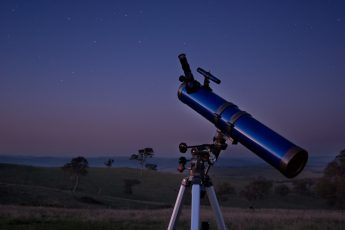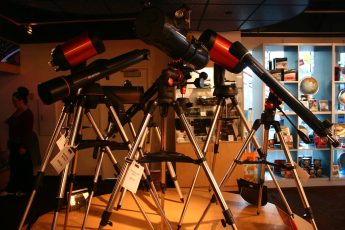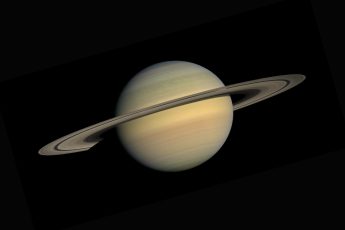Telescopes can be used for more than just looking at objects in the sky. They can also be used to look at objects on Earth. Telescopes are also helpful for viewing things that are too small or too far away for your naked eye to see. If you’re interested in astronomy, here are some different types of telescopes you can use for stargazing.
Refractor Telescope
A refractor telescope uses a lens to gather light and form an image, and it is by far the most common type of telescope. Refractors are excellent for viewing deep-sky objects but can also be used to see planets and moon phases. They’re suitable for beginners because they’re easy to use and small enough to travel.
Refractors are usually more expensive than reflectors or catadioptrics, but they tend to be less expensive than other types of telescopes that use mirrors (such as Newtonians). The biggest downside is that you have to look through glass lenses which makes them more fragile than mirrors or glass lenses in catadioptrics such as Schmidt-Cassegrains or Maksutovs.
Reflector Telescope
The reflector telescope is the most popular type of telescope and one of the cheapest. This type of telescope uses mirrors to collect and focus light, allowing you to see objects in space with a broader field of view than refractors. The other advantage is that they are effortless, making them great for beginners or kids who may not be as patient or familiar with science yet.

Reflectors have a larger field of view than refractors but don’t reach as much magnification (you’ll have a more challenging time seeing distant objects). However, their low price makes them ideal for experienced stargazers who want more flexibility in using their device without having to switch out different lenses whenever they want another mode.
Catadioptric Telescope
The catadioptric telescope is a combination of the refractor and reflector. It uses lenses to gather light and mirrors to focus on reaching high magnifications (up to about 300x).
The catadioptric telescope has two main parts: The objective lens, which gathers light, and the primary mirror, where most focus occurs. This mirror focuses light back through a hole in the center of its primary mirror into an eyepiece that you look through to see your image.
Solar Telescopes
A solar telescope is a particular type that uses a filter to block out all but the most important wavelengths of sunlight. They’re used in various fields, such as astronomy, medicine, and engineering.
Solar telescopes are generally larger than other types, with diameters around 30 inches (76 cm) or more. They can be mounted on tripods or on mobile platforms for easier use during an eclipse or other event where you need to move quickly.
Dobsonian Telescopes
A Dobsonian telescope is a huge, simple, and easy-to-use telescope. They’re also the least expensive type of telescope you can buy.
Dobsonians are called that because they were invented by John Dobson, who lived in San Francisco in the 1950s and 60s. He was a member of the Sidewalk Astronomers, who brought telescopes out onto sidewalks for people to look at the night sky at no charge.
Dobsonians are large (typically between 11 inches and 18 inches in diameter) and can be mounted on an altazimuth mount or a German equatorial mount (GEM). The eyepiece faces upwards, and you look down into it like you would at a gun sight; this makes it easy to aim but less accurate than other types of telescopes where you look through an eyepiece that faces forwards instead; however, if there’s nothing nearby blocking your view then this shouldn’t be too much of an issue.
There are different kinds of telescopes for stargazers.

There are many different types of telescopes, each with its advantages and disadvantages. In this section, we’ll discuss the most common types of telescopes you can use for stargazing.
A refractor telescope uses a lens to gather light from objects in space, while reflectors use mirrors to do the same. Refractors are usually more expensive because they require specialized materials that reflect light well—and they’re not quite as evident as some other telescopes.
Reflector telescopes aren’t always cheap, but they are cheaper than refracting telescopes (and are easier to use). They tend to be smaller than refractors and have shorter focal lengths; however, their larger aperture sizes mean that you need less magnification for more explicit images if your eyesight allows it!
The third type is catadioptric telescopes—these combine both lenses and mirrors so that you get all the benefits from both technologies without having all the drawbacks! Catadioptrics tend to be lighter than lenses or mirrors because plastic doesn’t weigh much compared to glass.
Conclusion
As you can see, there are many types of telescopes for stargazing. Knowing what type of telescope you’re looking for is essential before choosing one. You should also consider how much money you would like to spend on one and whether or not it will be something your children could use. As always, we hope this article has helped you decide which type of telescope is best for your needs!






